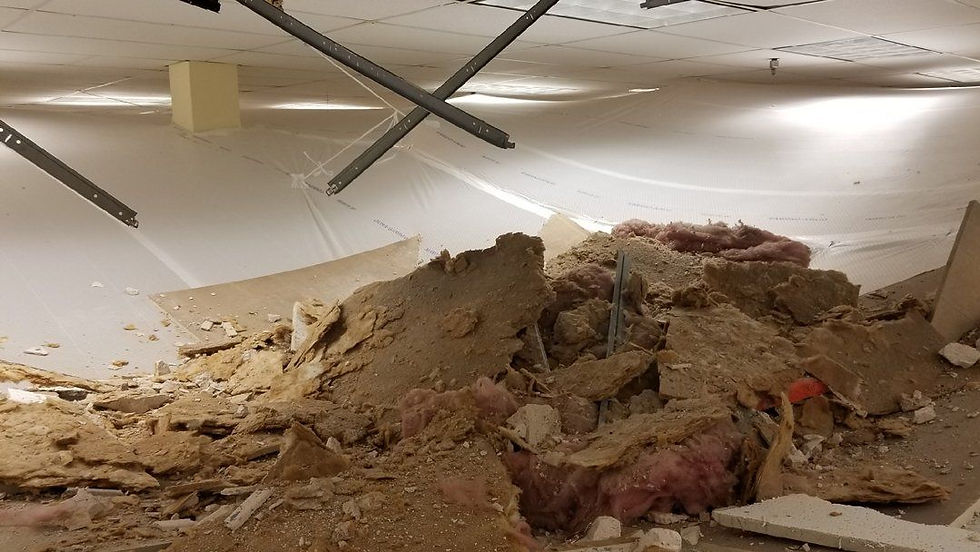Harmful Effects of Dust During Construction
- Safe Wrap
- May 16, 2022
- 2 min read
Dust from construction sites is a significant health hazard for several people.
By breathing in airborne dust, construction workers, people living near construction sites, and employees working in nearby offices are at risk of various health and respiratory issues.
This post takes a deep dive into the types of construction dust, associated health hazards, and how you can protect yourself.

Types of construction-related dust
There are a variety of materials used in today's construction. These materials, such as steel, wood, sand, sheetrock, and plastics, may be found on any building site.
The output from these building sites usually contains a wide range of particles such as:
Respirable Silica
"Respirable silica" is one of the words used to describe construction site dust. It is a kind of dust that's common when dealing with various materials.
Wood dust
Construction sites can produce a lot of wood dust. If you're working with hard or softwood, you'll probably release a lot of dust.
Manufactured materials like fiberboard and plywood can produce wood dust.
Other dust
Gypsum, limestone, dolomite, and marble are all examples of lower-toxicity materials that will contribute to the dust.
Health risks associated with construction dust
Substances released into the air at a construction area can pose several health risks, including:
Respiratory disorders and decreased lung capacity
Prolonged exposure to cement dust, for example, was the subject of a Pakistani-Saudi Arabian investigation.
Cement dust has been shown to affect the lungs of mill workers.
According to a study, breathing in cement dust was associated with respiratory health problems, including acute and chronic respiratory disorders. It also decreased lung capacity among mill workers who had worked there for an extended time.
Lung disease
According to a study, longer exposure to dust increases your risk of developing lung disease, establishing a relationship between the two variables.
While cement and other building materials can provide an issue due to dust, so can anything ground or sanded or saw-milled or crushed.
According to a study by the National Institute for Occupational Safety and Health (NIOSH), when a drywall joint compound is sanded, workers are exposed to silica and other dust particles.
Silicosis
Silicosis is a lung disease that occurs when you breathe in dust containing silica.
Workers in the construction industry are particularly at risk of silicosis as they are exposed to dust frequently, enabling the dust to build up over time. This causes scarring in the lungs and reduces the ability to breathe.

Controlling dust at construction sites
During construction projects, employers can protect the health of their staff using barriers and partition walls, which are some of the most efficient methods for controlling the spread of dust and air contaminants at construction sites.
They are temporary installments that segment construction areas from other spaces. This way, workers don't have to undergo repeated and constant exposure to contaminated air.
Protect your employees today. Contact us at Safe Wrap to learn more about how we can keep you safe!

Comments